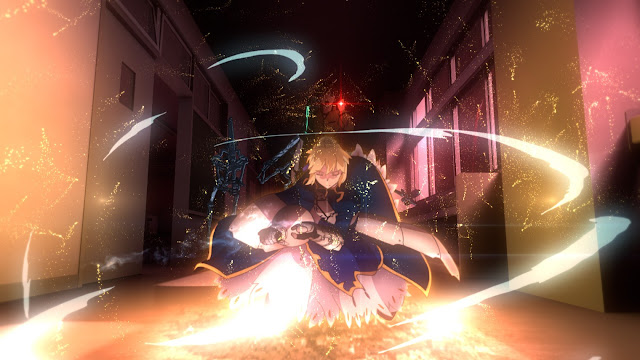
A computer animated hand - 1972 : one of the earliest examples of CGI in mainstream media, used in the 1976 movie ,Futureworld
Computer animation is essentially a digital successor to the stop motion techniques used in traditional animation with 3D models and frame-by-frame animation of 2D illustrations. Computer-generated animations are more controllable than other more physically based processes, constructing miniatures for effects shots or hiring extras for crowd scenes, and because it allows the creation of images that would not be feasible using any other technology. It can also allow a single graphic artist to produce such content without the use of actors, expensive set pieces, or props. Also, with the demand in realism , particularly in the gaming industry, CGI development had grown significantly in that feel, hence, the most complexed and impressive CGI examples nowadays are often display within video games, rather than animation.


CGI can be simplified down as the digitized version of stop motion
Saya- a 3D CGI model highlight the technological power of modern day graphics
In most 3D computer animation systems, an animator creates a simplified representation of a character's anatomy, which is analogous to a skeleton or stick figure. The position of each segment of the skeletal model is defined by animation variables, or Avars for short. In human and animal characters, many parts of the skeletal model correspond to the actual bones, but skeletal animation is also used to animate other things, with facial features.
3D animation can diverge in many ways, some taking inspiration in Traditional form of animation from before, using keyframes, and then letting the computer do the motion in between. Some however , take advantage of new techniques like motion capture to use movement by real actors and then transfer it into a skeleton which the character be placed one. Both results in very smooth action, with the former being able to perform more exaggerated actions, and the latter portray more subtle movements to create a sense of realism.


With that said of course, CGI isnt fully limited to being realistic , as many of the current animation studios like Pixar, Disney and dreams takes advantage of that realism to put in to use in a very cartoonised world. Aspects like realistic lighting , physics, and dynamic background serves to build the world and enhance the aesthetic value of it :


Zootopia
It has to be said however this only clear after several failed attempts of studios trying to create realistic portrayal for animated features in the mid 2000s like The Polar express, Beowulf and A Christmas Carol, with most of them being criticized as being creepy as they were trying to make characters look realistic, yet reached only around 2/3 of the way.
CGI of course isnt only refering to the 3D animation alone but can applied to the whole digitization process of traditional animations. Papers, pegs and brushes are now replaced with wacom tablets and animation software that enhance the animator's ability drastically , thanks to its edit ability and accurate measurement. Also , VFX can now be applied freely to enhance the animation to a different level, which is very prominent now in modern anime
particles effects added post animation production
blurring function creating depth to the scenes
Overall the invention of CGI has drastically enhanced the process of animation , both technically and visually , creating a faster more efficient way to animate all the while producing better results. But one can argue that much like with any other form of technologies, the process has made animation lose some of it artistic, hand-made aspects. However, hidden gems like studio Ghibli still persists and proves to us that while CGI will probably dominate everything , animation at is core still lies in the creative mind of the animator and the tip of the pencil. With that said. you do have to appreciate it, and Ghibli of course has dip their feet in a little
In princess Mononoke , the monster is CGI while the background is hand-painted







No comments:
Post a Comment